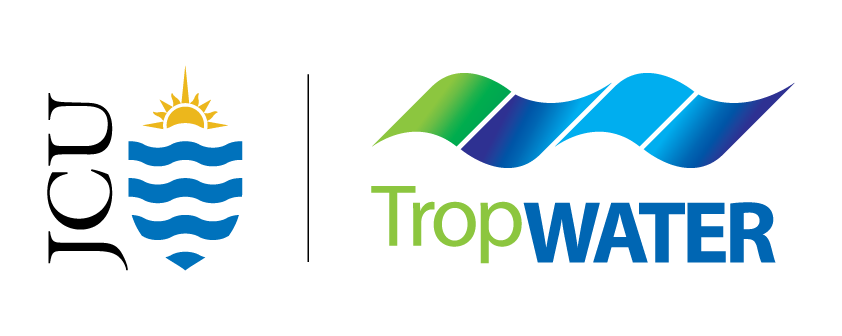Wetlands, agriculture and water quality
- Tropwater JCU
- Aug 25
- 2 min read
Updated: Sep 8
Wetlands are gaining attention as a potential water quality management tool, but how effective are they in practice across the Great Barrier Reef catchments?
As part of TropWATER’s Water Quality Science and Agriculture Hub, a series of practical resources have been developed to show how well-designed wetlands can support farmers with evidence-based solutions to improve water quality across the landscape.
Webinar: Scientific projects investigating wetlands and water quality
In this recorded webinar, scientists share findings from a global literature review and on-ground wetland monitoring projects that investigated the key factors influencing a wetland’s ability to process and break down nutrients and trap organic matter and sediment particles.
The presentations were delivered by Terrain NRM, C2O Consulting, JCU TropWATER, and Alluvium and also covered the research gaps that remain. Insights from these projects are strengthening the evidence base for building and refining wetland models and guiding the future management and design of natural and constructed wetlands.
The webinar was facilitated by JCU TropWATER’s Dr Stephen Lewis. The featured projects were funded through the partnership between the Australian Government’s Reef Trust and the Great Barrier Reef Foundation (GBRF).
0 to 6:00 Introduction
6:00 to 23:40 Jane Waterhouse (C2O Consulting and TropWATER): Wetland water quality synthesis
23:40 to 36:30 Alicia Buckle (Terrain NRM): Tully Wetland water quality
36:30 to 50:20 Nathan Waltham (JCU): Sandringham wetland water quality
50:20 to 1:02:35 Tony Weber (Alluvium): Modelling wetland water quality
1:02:35 to 1:03:40 Wrap up
Wetlands & Agriculture Story: change, science, solutions
The Wetlands & Agriculture Story: change, science, solutions explores how these landscapes have shifted in the Great Barrier Reef catchment over the past century and what this means for agriculture and water quality today.
Natural versus constructed wetlands – what’s the difference?
A century of change across Queensland’s coastal wetlands
What wetlands look like now in agricultural catchments
The science behind their role in improving water quality
How wetlands can function as practical management tools
The essentials: design, purpose, and ongoing care

For broader scientific information on wetlands and all their ecosystem services, see WetlandInfo – the Queensland Government’s repository for all scientific material regarding wetlands.
About the Water Quality Science and Agriculture Hub
The Water Quality Science and Agriculture Hub is a central space for clear, independent, science-based information on water quality and agriculture, primarily sugarcane. It is a dynamic repository that connects real-world farming challenges with evidence-based solutions – cutting through confusion, misinformation, and politicisation.
The Hub is facilitated by JCU TropWATER. The core team includes water quality scientists Dr Stephen Lewis and Dr Zoe Bainbridge, and science communication specialist Molly McShane. The Hub collaborates with water quality experts, industry, and regional groups to create meaningful content. Together, we are connecting science and practice in ways that are useful for staff, growers, NRM groups, regional stakeholders, and governments.

